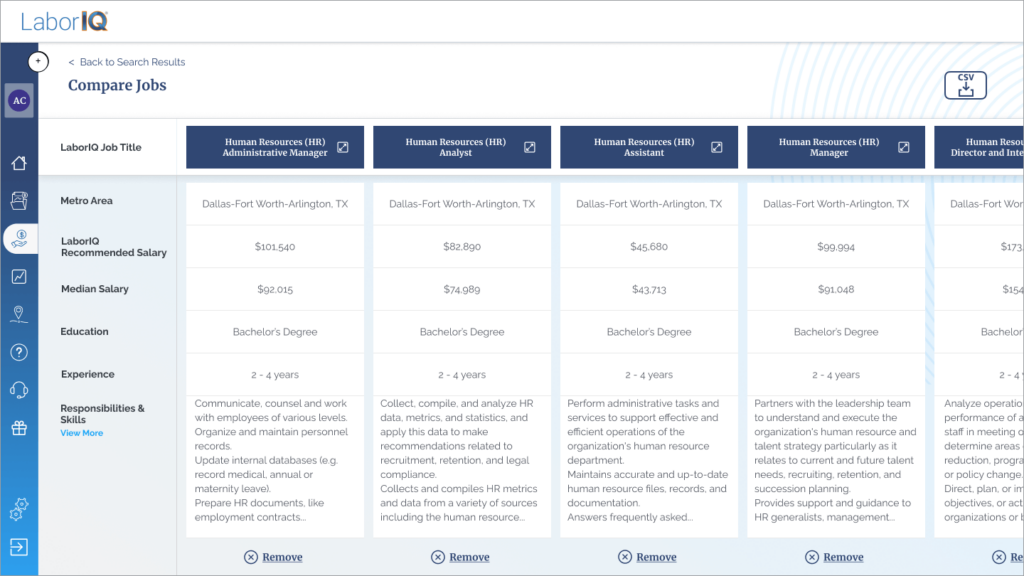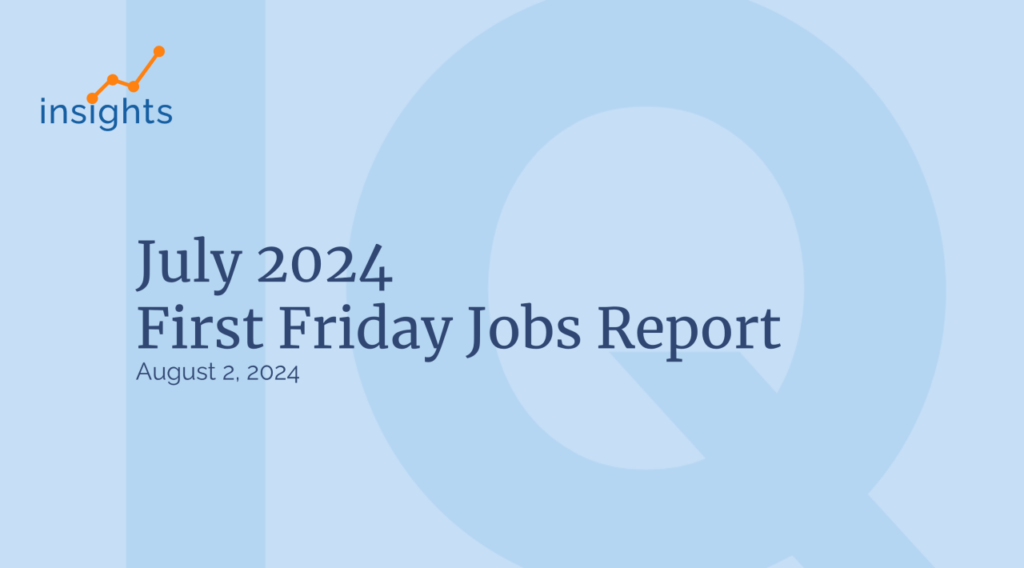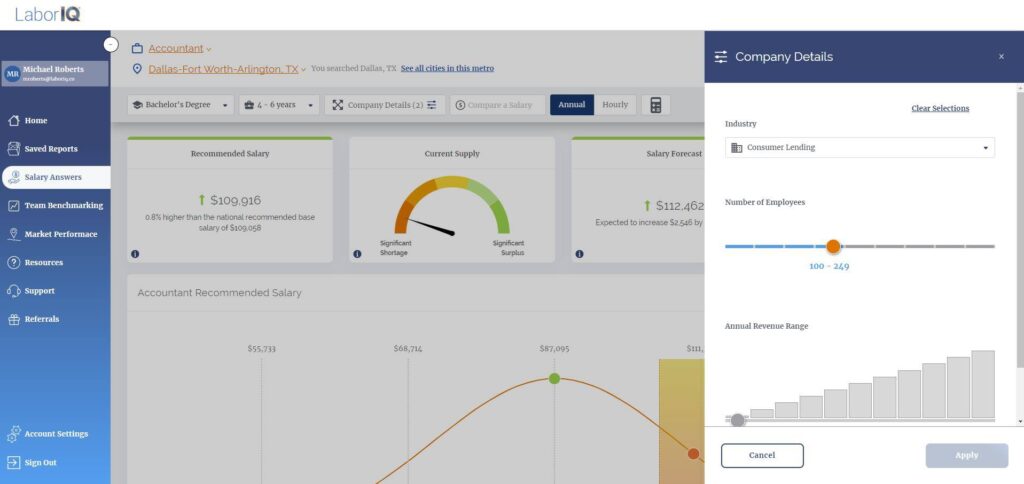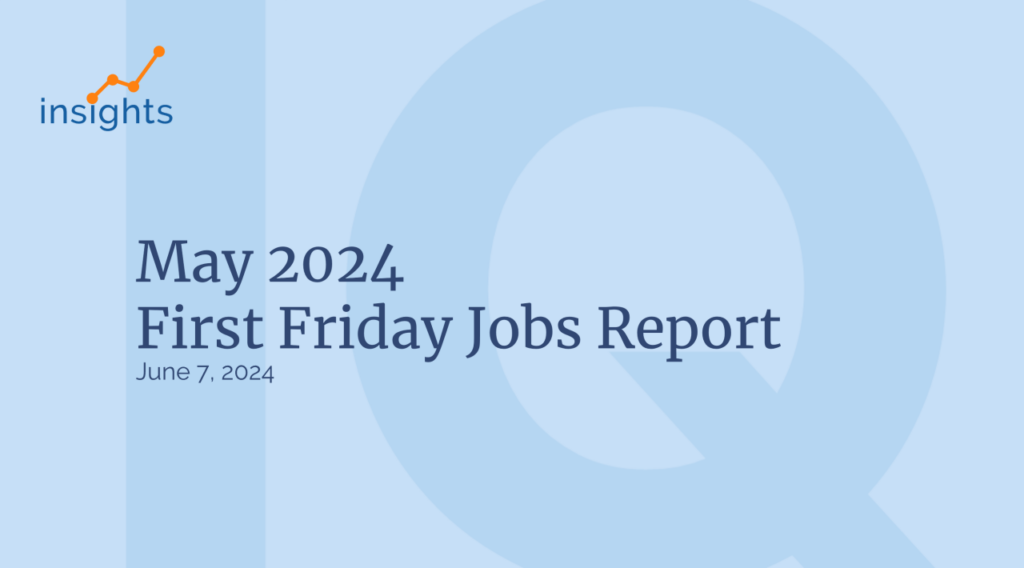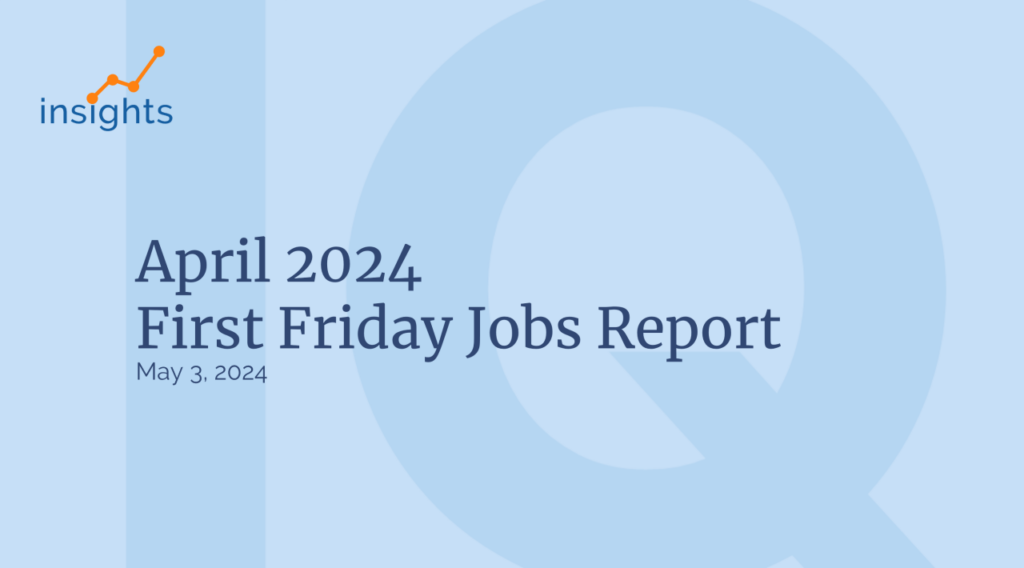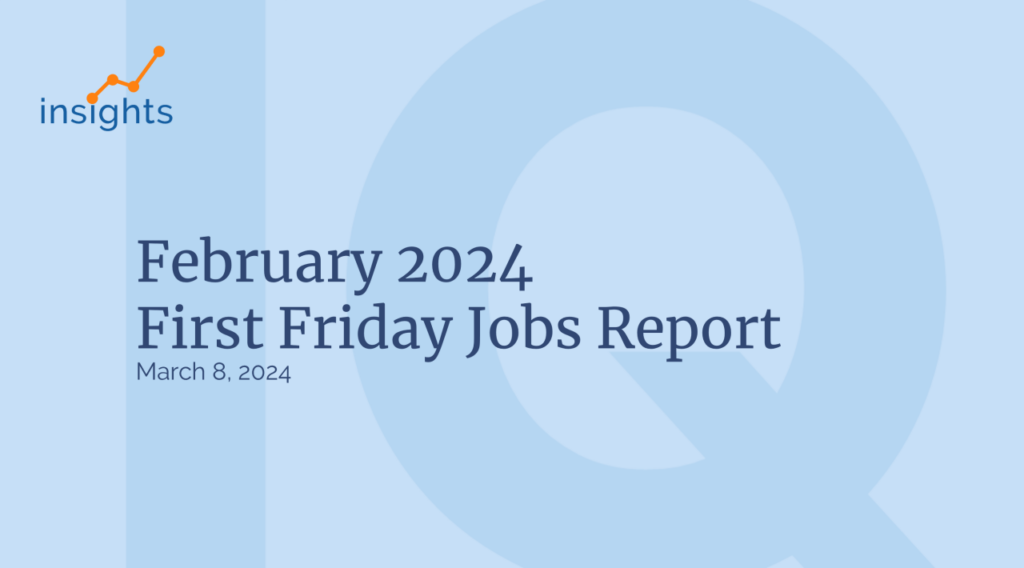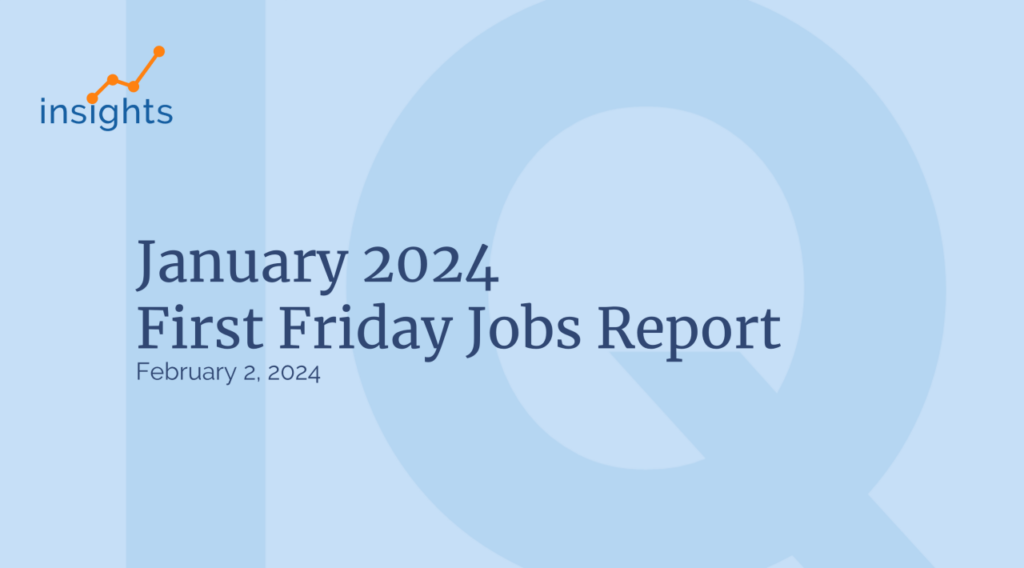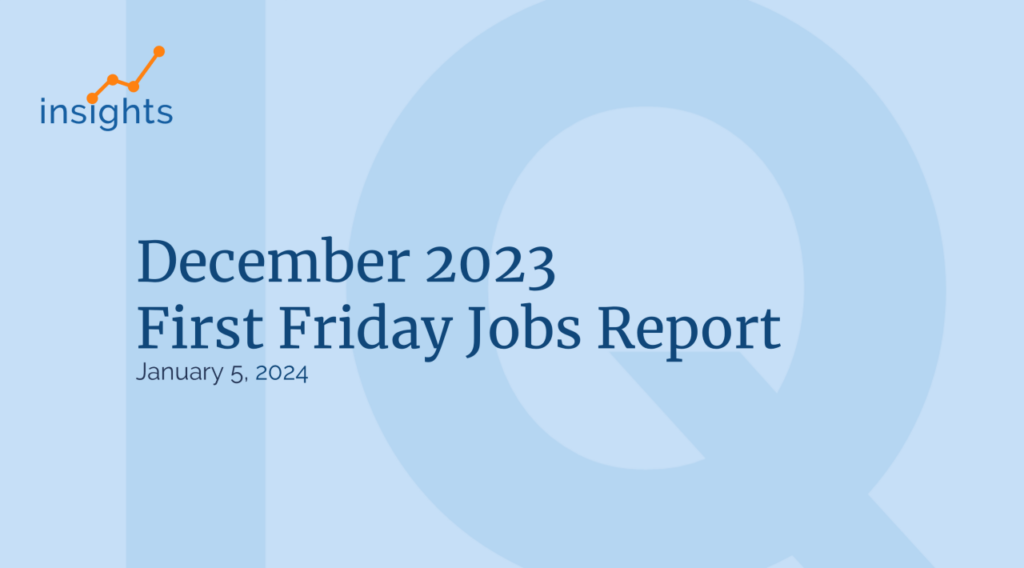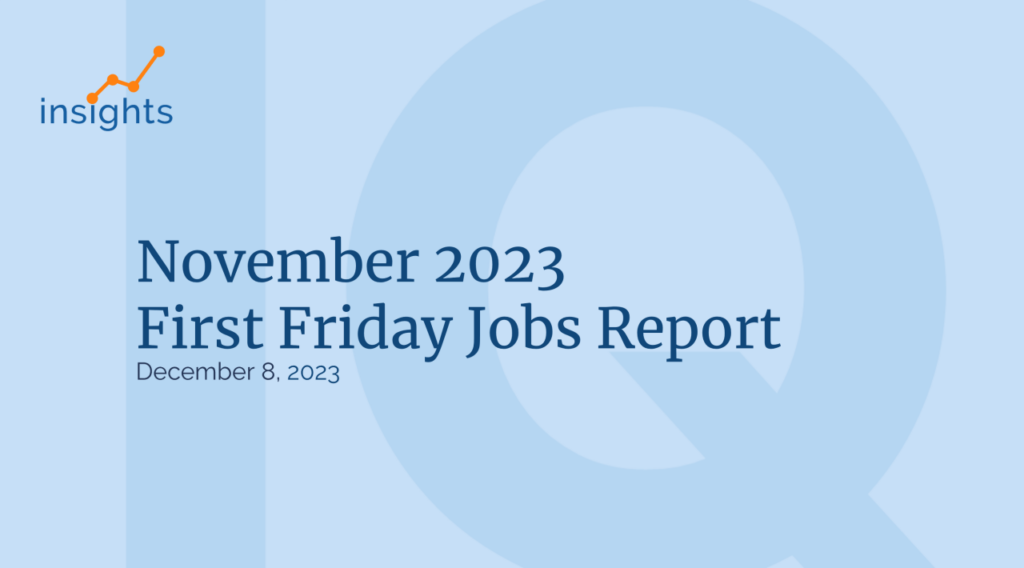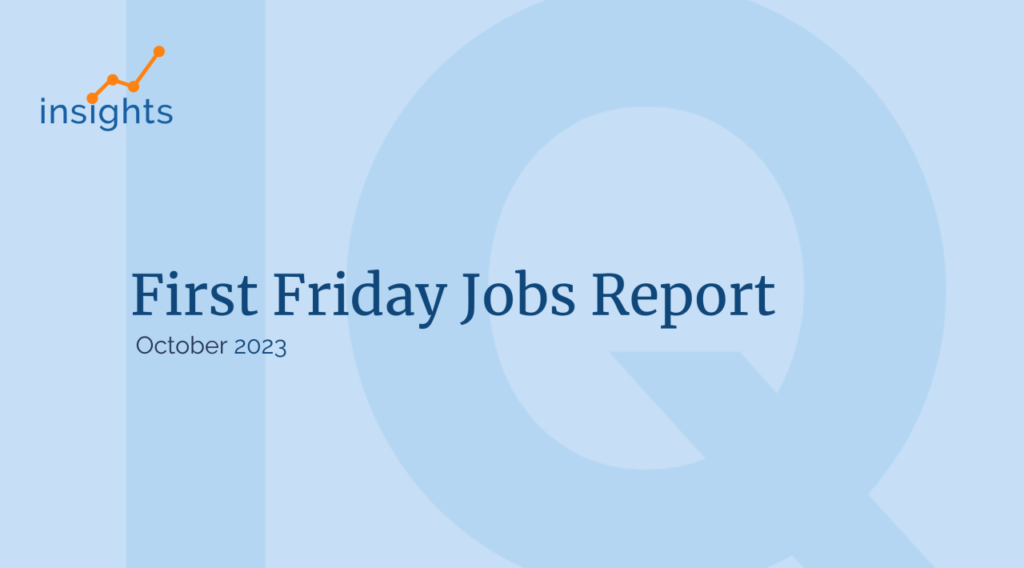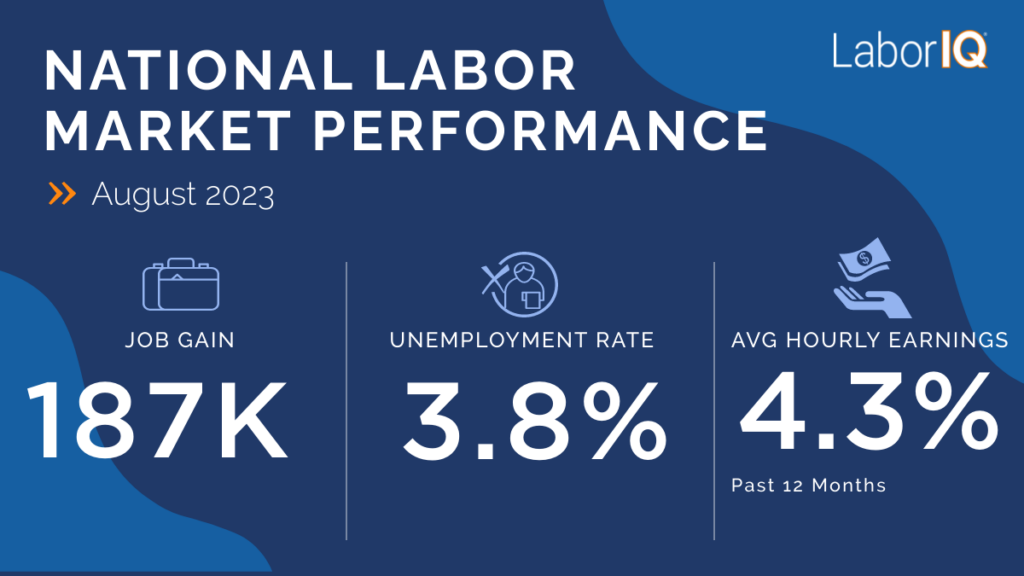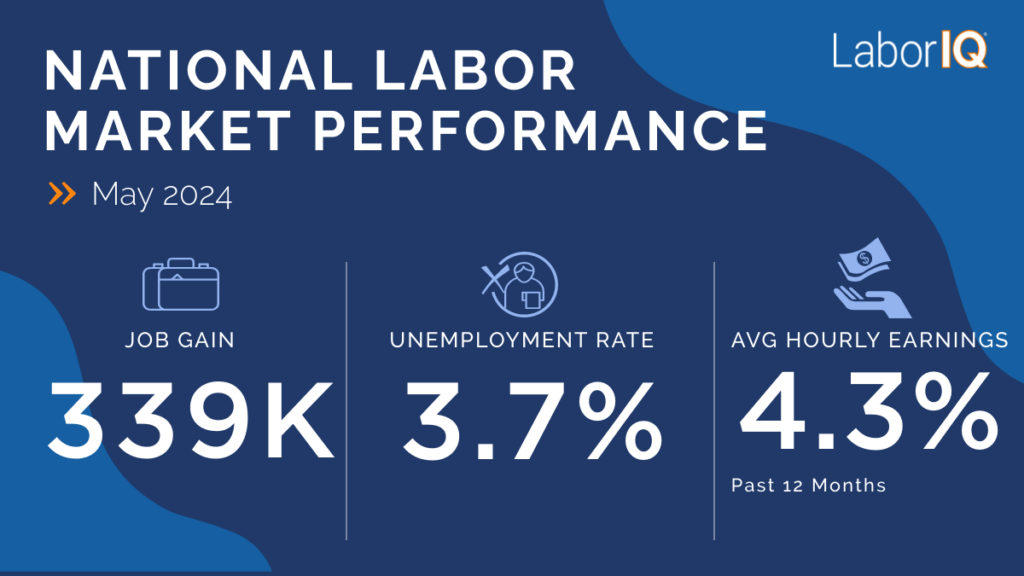Since the pandemic began, we’ve all read about the Great Resignation. The many cited reasons for it include early retirement, job losses and resignations by employees looking for a new way of living and working.
As a result, the world of work continues to adapt, with current figures suggesting that hiring has slowed down as we reach the end of the second quarter of 2022. In this type of environment, where the employment landscape remains somewhat bumpy, how can hiring and recruiting firms stay in demand and find the best talent for their clients?

With that said, here’s our guide on how recruiters can:
- Provide good value.
- Demonstrate their relevance.
- Offer time and cost-saving strategic advice to their clients.
Here are some salient fast facts:
- According to the U.S. Bureau of Labor Statistics, payroll employment rose by 390,000 in May.
- Notable gains were seen in the hospitality, education, health, transportation, and professional and business services sectors.
- In May 2022, the unemployment rate remained at 3.6% for the third consecutive month.
Despite specific sectors hiring slightly more employees, the labor market remains tight. So, recruiters need to recognize that if they want to stay relevant, they must adapt their approach.
Below we’ve listed a few ways to achieve exactly that:
Spot Buoyant Industries and Moving Markets
Rather than working with estimations, use data to identify which geographical locations have future workers with skills currently in demand.
Also, it’s worth familiarizing yourself with locations where it may be harder to find suitable candidates. In these markets many companies are tirelessly seeking top talent. By preparing yourself accordingly, you have the competitive advantage to meet the needs of these clients.
Top tip: Identify locations and industries where growth is possible. Labor market analytics are a good resource here. This data enables hiring professionals to take a more strategic approach when working with clients.
Be Proactive
Proactively target companies you want to add to your hiring portfolio. When doing so, here are some basic best practices to follow:
- Review their websites.
- Find out what they do and their company size.
- Read their annual reports.
You may find data about staff turnover and other relevant information about their job vacancies. You may also be able to learn more about the salaries they’re offering. With this information, you can compare it to what you know about salary demands in their sector and advise them accordingly.
Top Tips:
- Demonstrate your knowledge when pitching your recruitment services to future clients. For instance, you could use workforce and salary planning data such as that provided by LaborIQ on how their sector is performing to prove you know your stuff!
- Aim high.
- Contact their CFO or hiring manager via LinkedIn or email, followed by a call. Use your network to gain a personal introduction.
Offer Inside Knowledge About Salaries
In line with a proactive approach, demonstrate that you understand not only the median salaries paid in your target’s field but also what you see from an employee expectation standpoint. Remember, more than half of the workers cited pay as their top reason for looking for a new job, and with 44% of existing employees “looking for a new job,” this is a valuable statistic for your current and future clients.
Top Tip: Strengthen client pitches with a comprehensive salary report, which include custom data by job title, location, company size, industry, and more.
Be Strategic in Your Approach
This isn’t just about being strategic once you’ve won the client, but adapting your recruiting methods so that you’re several steps ahead. This way, you’re not simply reacting to market trends as and when they change.
How?
By offering projections on job markets and providing information about locations where clients can source top talent, you can also suggest the advantages of hiring remote employees, particularly if salary demands in some places are lower than where your client’s business is based. After all, data projections show that by the end of 2022, 25% of all U.S. jobs will be remote, and with this trend set to increase in 2023, there’s a good chance your clients will be open to this suggestion.
Top Tip: While your target client may not fully embrace remote working, you can use data to support your strategic recommendations. The same goes for providing counsel on compensation packages with benefits aimed at staff retention (both in-office and remote).
Finally…
To stay ahead of your competition, you must keep abreast of the latest hiring and employment trends. By offering future clients a full-service hiring package that includes data-driven recommendations about employment/salary/hiring data trends using the latest AI technology, you potentially stand to provide clients with time and money-saving solutions to their ongoing hiring challenges.





